The Hundred Acre Wood from Winnie-the-Pooh
'The Sun was still in bed, but there was a lightness in the sky over the Hundred Acre Wood which seemed to show that it was waking up and would soon be kicking off the clothes'.
Winnie-the-Pooh by A.A. Milne
Of the many wildwoods and forests of children’s literature, A.A. Milne’s Hundred Acre Wood is without doubt the one most fondly remembered by adult readers. In the Winnie the Pooh books, the wood is visited regularly by Pooh, Christopher Robbin, Piglet, and their friends, and is also home to The Chestnuts where Owl lives, a wise old bird who always ‘knows something about something’. The wood was inspired by Ashdown Forest in East Sussex, where A.A. Milne once resided.
ON OUR SHELVES

A.A. MILNE; E.H. SHEPARD (illustrator). [Winnie-the-Pooh Books]. When We Were Very Young; Winnie-the-Pooh; Now We Are Six; The House at Pooh Corner. London, 1924; 1926; 1927; 1928.
Mr. McGregor’s Garden from The Tale of Peter Rabbit
'Now my dears’, said old Mrs. Rabbit one morning, 'you may go into the fields or down the lane, but don't go into Mr. McGregor's garden . . .’
The Tale of Peter Rabbit by Beatrix Potter
Squeezing under the gate, Peter Rabbit, the adventurous and mischief minded protagonist of Beatrix Potter’s story sets out to steal from the paradise that is Mr. McGregor’s garden. Whilst Mr. McGregor himself has gone down in history as one of fiction's most enduring villains, his garden is honoured as the principle setting of the very first of Potter’s books to appear in print.
ON OUR SHELVES

Beatrix POTTER; Maurice SENDAK. The Tale of Peter Rabbit. New York, Kingston, 1995
Nº 32 Windsor Gardens from A Bear Called Paddington
'He climbed up on to a stool by the window and looked out. There was a large, interesting garden below, with a small pond and several trees which looked good for climbing . . . He decided it must be wonderful living in a house like this all the time.'
A Bear Called Paddington by Michael Bond
The house at 32 Windsor Gardens is home not only to a bear called Paddington but to Mr. & Mrs. Brown, their children Jonathan and Judy and the warm-hearted Mrs. Bird. The address itself is fictional, with some proposing that the name is a combination of Winser Drive, where Bond’s parents lived, and Arundel Gardens, where the author himself lived. Described as a large, homey house with a garden and several trees, number 32 makes Paddington welcome and becomes a source of warmth, humour and misadventure for Bond’s hapless bear (as well as an improbable quantity of marmalade).
ON OUR SHELVES

Michael BOND. A Bear Called Paddington. London, 1958
The River Bank from The Wind in the Willows
'Never in his life had he seen a river before—this sleek, sinuous, full-bodied animal, chasing and chuckling, gripping things with a gurgle and leaving them with a laugh . . .'
The Wind in the Willows by Kenneth Grahame
The adventures of Ratty, Mole and Mr. Toad, Otter and Badger centre largely along the river bank and out on the waters of a river that winds through a stretch of fictional English countryside. Enjoyed by readers for over one hundred years, the watercourse and its edges are places for reading poetry, singing songs, watching the dawn rise or ‘simply messing about in boats.’ Although not attributable to a specific location, according to the Bodleian Library, Grahame was most likely inspired by his childhood spent by the banks of the river Thames in Berkshire.
ON OUR SHELVES

Kenneth GRAHAME. The Wind in the Willows. London, 1908
Birtwick Park from Black Beauty
My troubles are all over, and I am at home; and often before I am quite awake, I fancy I am still in the orchard at Birtwick, standing with my old friends under the apple-trees.
Black Beauty by Anna Sewell
Owned by the kind-hearted Squire Gordon, Birtwick Park is one of the first homes of Black Beauty, and the place where he is happiest. We are introduced to the park early in the novel, as Beauty is lead along ‘[A] smooth road between clumps of large old trees; then another lodge and another gate, which brought you to the house and the gardens. Beyond this lay the home paddock, the old orchard, and the stables.’ A fictional country estate, the Park is home to such wonderful characters as Merrylegs and Ginger, as well as Mrs. Gordon, who gives the young horse his name. Although Beauty eventually leaves after Squire Gordon’s wife succumbs to illness, the park becomes a beloved memory.
ON OUR SHELVES

Anna SEWELL. Black Beauty. London, 1877.
If you’ve enjoyed our trip down memory lane, visit our website to discover more rare children’s books.
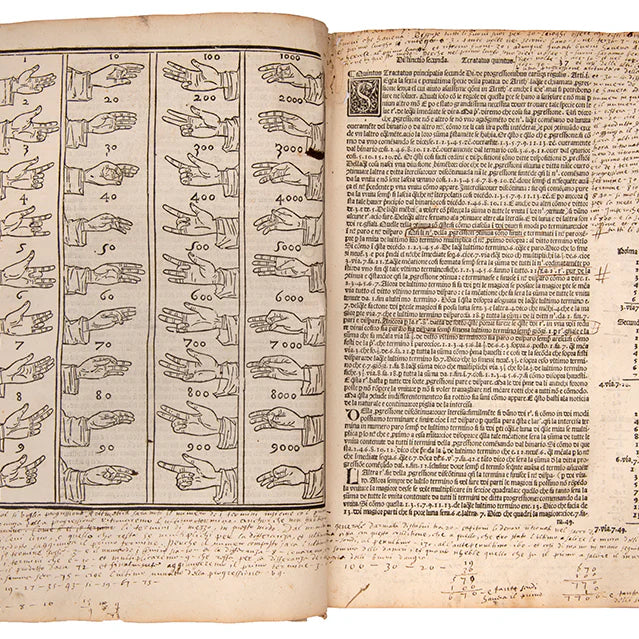






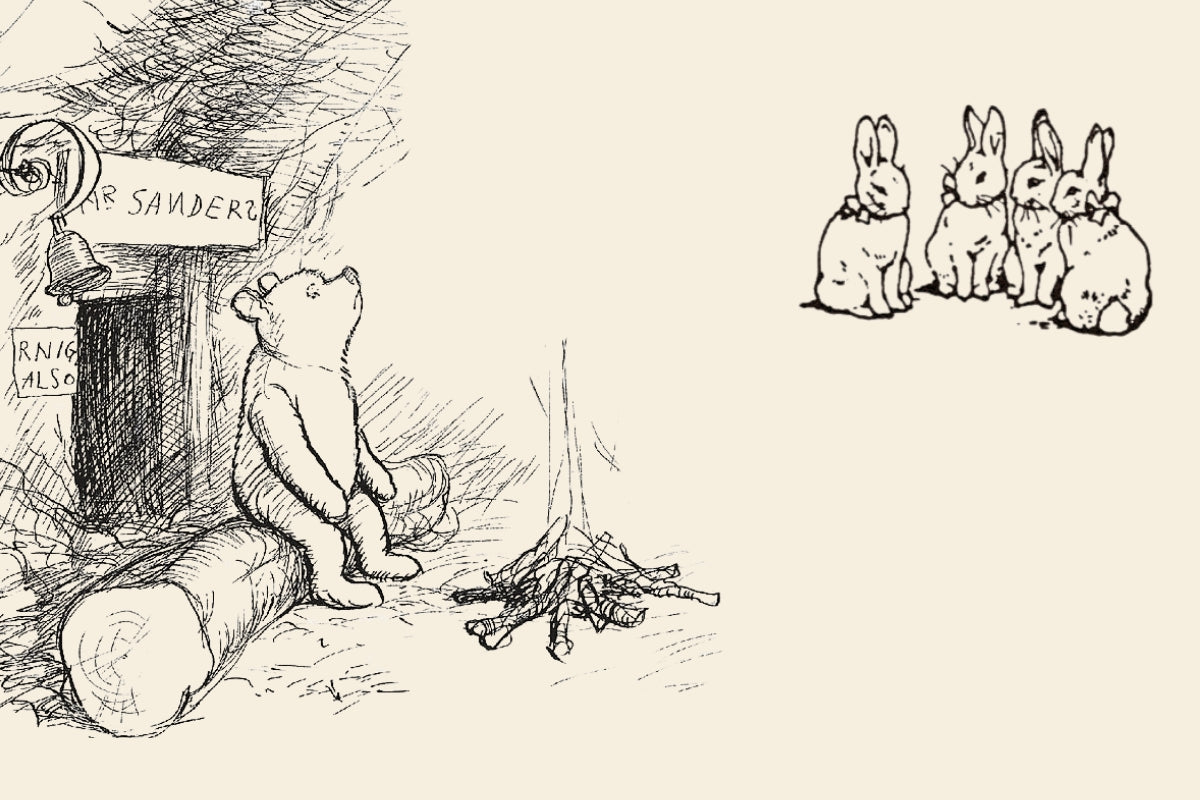





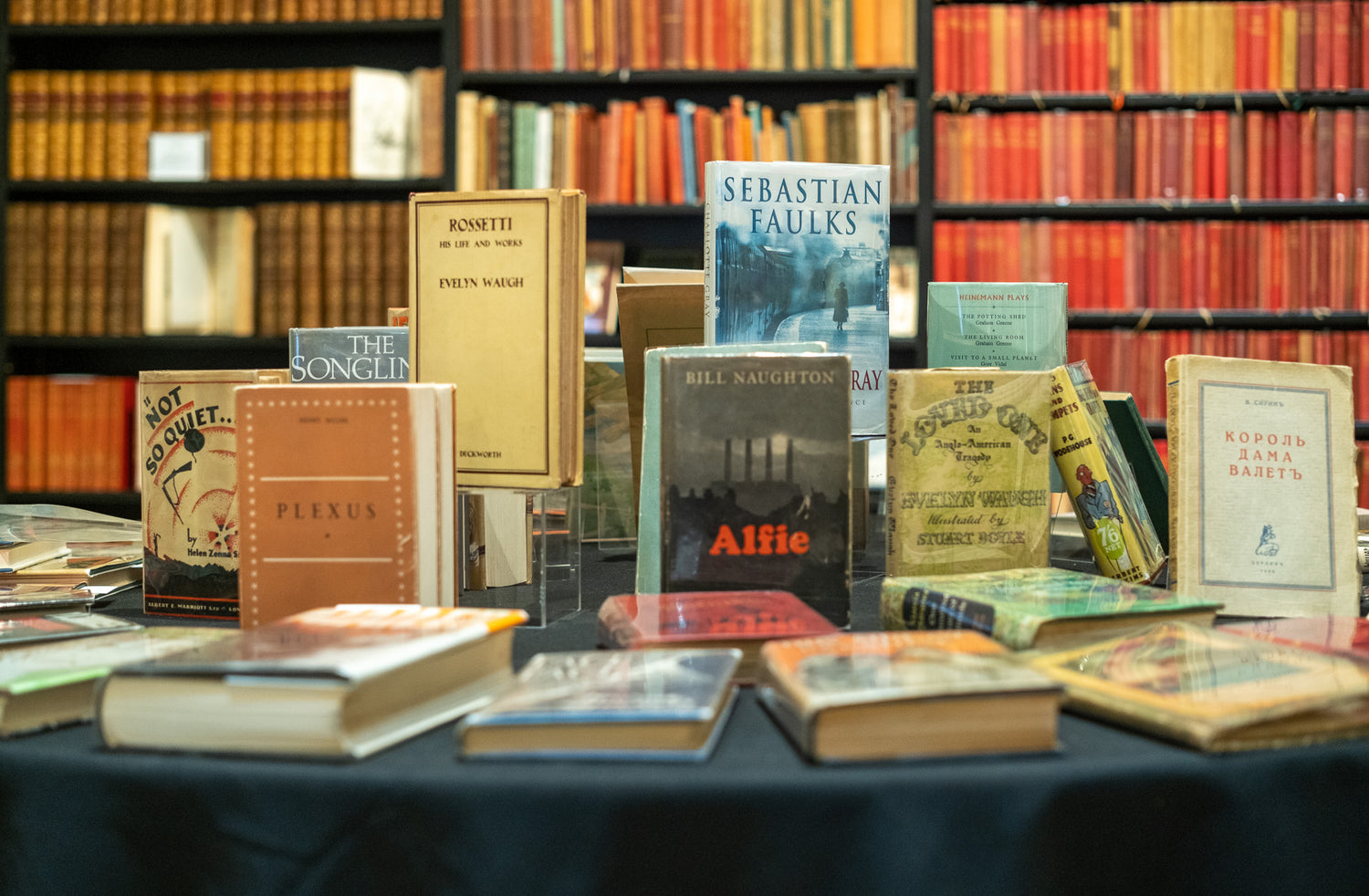
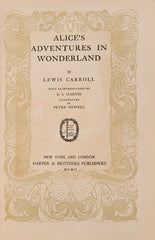
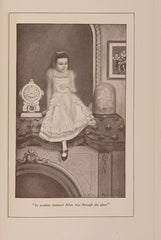
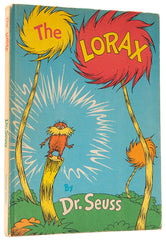
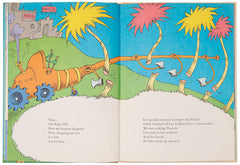
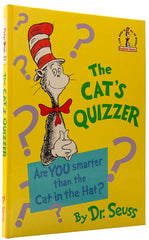
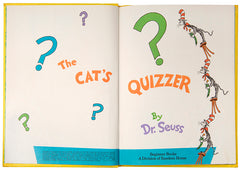
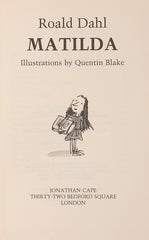
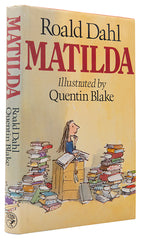
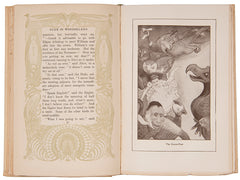
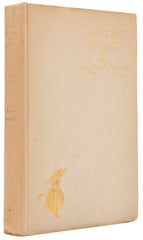
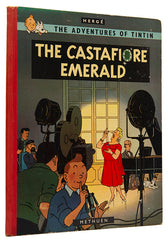
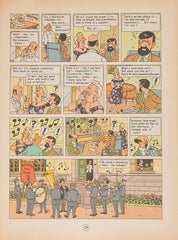
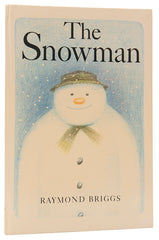
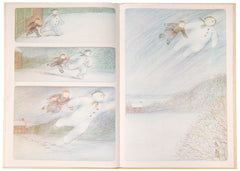
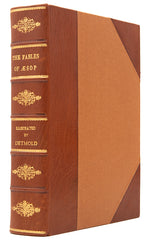
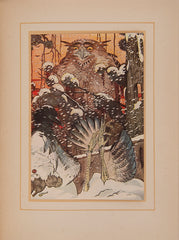
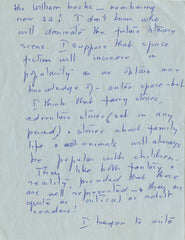
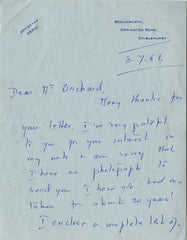
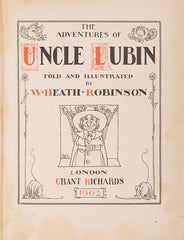
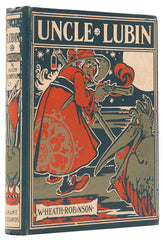
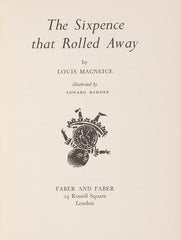
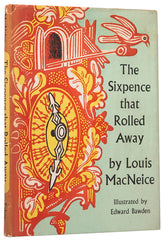
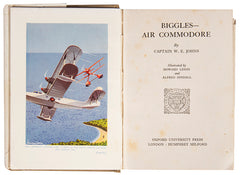
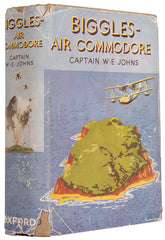
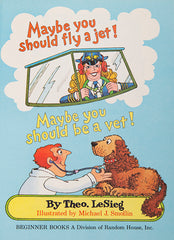
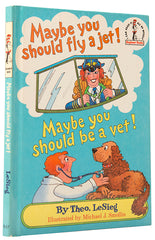
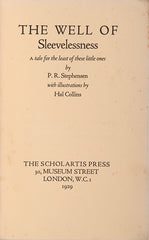
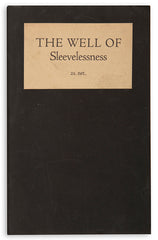
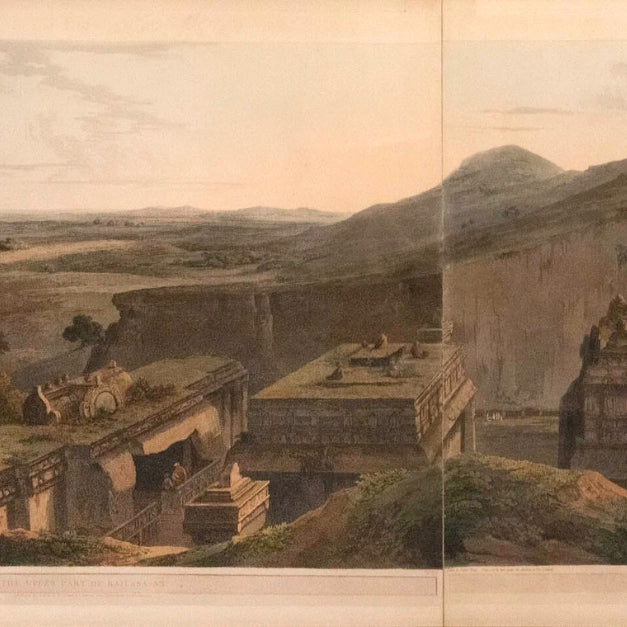
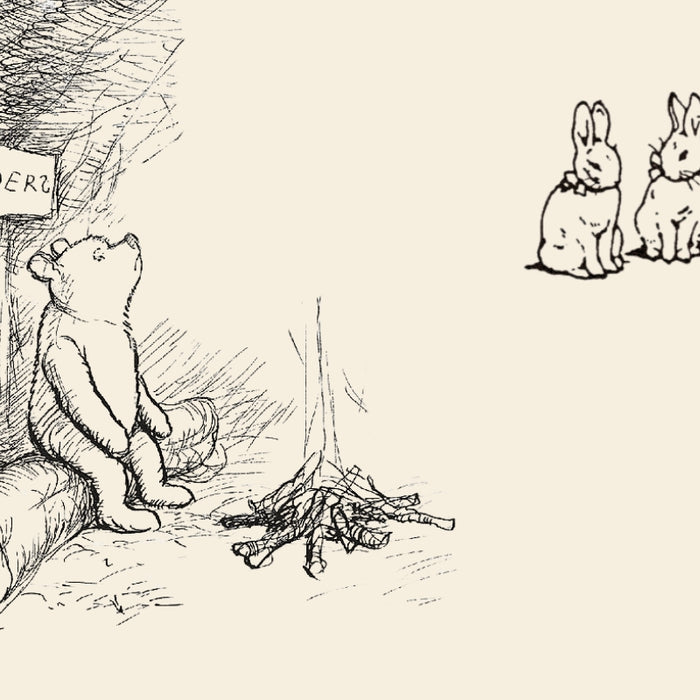
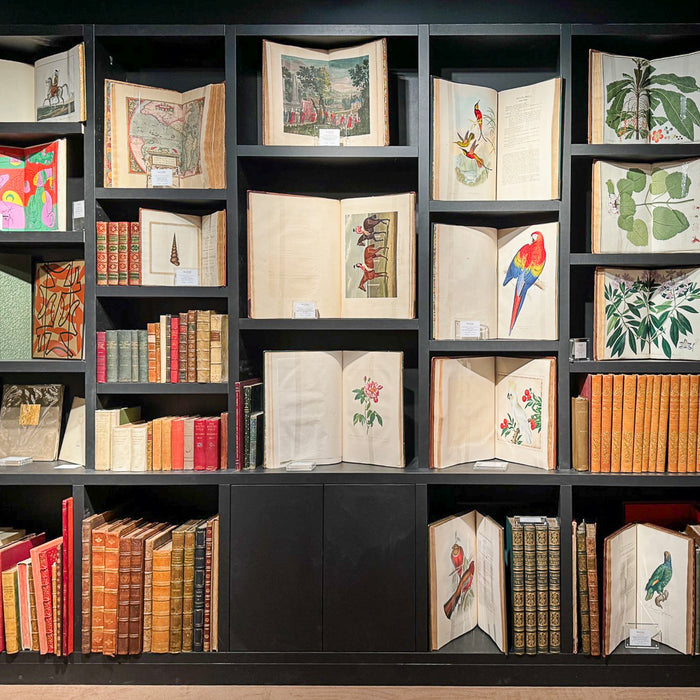
Leave a comment